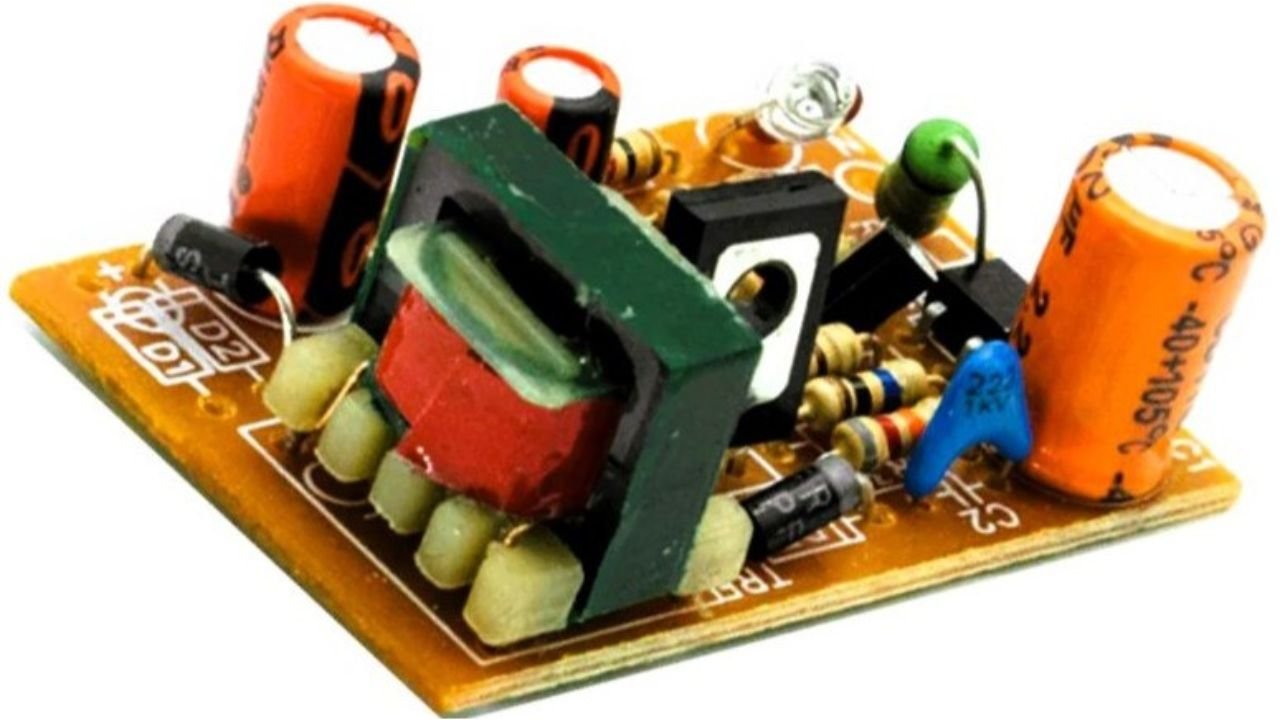Power supply design is one of the most critical aspects of any electronic system. Without a stable and reliable power source, even the most advanced circuits and components can become unreliable or fail altogether. Ensuring that the system receives clean, regulated, and appropriately rated power is essential for safety, performance, and longevity. Whether you’re designing a portable device, a server rack, or an industrial controller, proper planning and reliable power supplies sourcing are fundamental to success.
The Importance of Voltage Stability
The term “voltage stability” refers to the extent of stable voltage delivery to a device over a period of time subjected to various loading conditions. Additions or declines of voltage can give rise to data errors, reset conditions, overheating, or complete breakdown of the system. Most notably, such components as microcontrollers, sensors, memory chips, and FPGAs usually have trouble with problematic levels of voltage.
Design features of linear regulators, low-dropout regulators (LDOs), and switching power supplies (SMPS) include their frequent utility in voltage stability maintenance. With these components, input variances are filtered out, and the circuit is thus protected from disturbances. The type of regulator is selected based on the application’s noise tolerance, space limitations, and thermal performance specifications.
Reliable power supplies sourcing ensures designers have access to these regulators with the exact voltage and current specifications required. In systems where millivolt-level precision is critical, sourcing high-accuracy regulators from trusted suppliers makes a measurable difference in performance.
Matching Power Ratings to System Needs
Another key factor in electronic power design is determining the correct power rating. This involves assessing the total wattage, current requirements, and voltage levels needed across all components in the system. Overestimating the power rating leads to wasted energy and oversized components, while underestimating can cause overheating and system failure.
When designing power supplies, designers need to take into account the peak loads, the startup inrush currents as well as the worst-case scenarios. To achieve continuous consistent operation over time also requires the establishment of headroom—usually 20 to 30 percent above the maximum expected load—to guarantee proper operation in different environments.
High-power systems, such as servers, LED lights, and motor control circuits, may utilize more functional outputs or high-efficiency designs that not only decrease thermal stress but also energy waste. With the help of reliable power supplies, engineers will easily select components compatible to the particular assets, from mini DC-DC converters to extensive AC-DC units.
Adoption of Efficiency and Thermal Management
Among the manufacturing parameters established for electronics, efficiency has moved to the forefront. Power supplies transmute input energy into functional electrical energy, yet a small fraction of that energy is inevitably lost in the form of heat. A low-power appliance translates to energy efficiency, lower operating costs, and a smaller need for cooling equipment.
Switch-mode power supplies (SMPS) are common because they have both high efficiency and a small size. They control output by using high-frequency switching and storage of energy elements, including inductors and capacitors. Linear regulators, in turn, are usually less efficient, especially when there is a big voltage drop, but give the output that is cleaner output for integrated circuits.
The main concept should be to maintain both efficiency and noise performance at a workable level. Other considerations as thermal such as airflow, ambient temperature, heat sink needs also contribute to system reliability. Authoritative power supplies sourcing halfbacks the technical support for optimizing the thermal performances and the energy efficiencies in addition to providing a wide spectrum of components.
Regulated Power Options and Supply Chain Strategies
Regulated power supplies are constant-output devices when confronted with variations in input voltage or load. They fulfill obligatory conditions in designs when voltage precision and system protection can’t be negotiated. The options available include bench power supplies that can be used for lab tests, embedded modules for PCBs, or rack-mounted solutions for telecom and networking.
While choosing these supplies, engineers are to assess functions like overvoltage protection, short circuit tolerance, load regulation, and ripple performance. The features failures mainly mean tighter safety and mitigate the device’s lifespan. Innovative strategic sourcing really becomes crucial when it regenerates units that remove the necessity for industry certifications (e.g.: UL, CE, RoHS) and also when the design is for rough environments. The distributors that have knowledge of the aforementioned regulatory and operational needs can better help the designers avoid the troublesome delays by leading the way to filtered and ready-to-use components.
Preparing for Redundancy and Scalability
Usually, in medical equipment, servers, and aeronautical applications, where miss critical systems are concerned, redundancy and scalability is common practice in the power supply architecture. This might consist of hot-swappable modules, parallel power units, or backup battery systems to run time during fault or maintenance.
Modular and configurable power systems offer manufacturers quick adaptation to a product line change without needing to redesign power architecture from the ground up. Accomplished power supplies sourcing delivers a modular stance by presenting flexible and custom offerings from reputable manufacturers.
Conclusion
Its stability marks off the power as the foundation of the most reliable electronic system. It is clear from voltage control to selecting low energy designs, and from redundancy planning, that the power design choices are interconnected to the overall product quality in various ways. As complexity rise, and power demands change more often, making the correct component selection and the right source becomes more relevant than what had been earlier.
Power supply sourcing serves as an effective hook for engineers, linking them to the provision of the most reliable, regulated, and scalable solutions that meet their design goals. The convergence between technical demands on the one hand and tried and tested sourcing strategies enables manufacturers to build the functional yet long-lasting systems.


